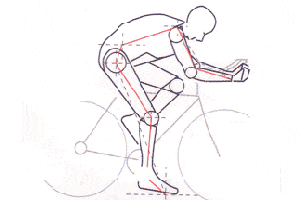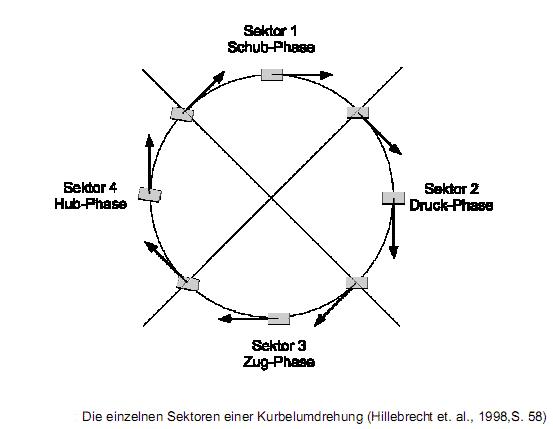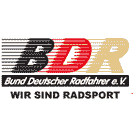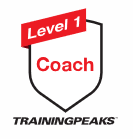Technique drills biking
Pure unwinding kilometers will not generate the absolute training result. With a good technique you can pedal more powerful and more effective, through the higher efficiency you will be able to cycle faster or to spare your power reserves for the critical moment.
While doing technical training on the road you should keep in mind, safety has always the highest priority!
Always bike carefully and follow the traffic laws. Perform the technical exercises only on a quiet street or cycle way, the lane should be as even and safe as possible. While or after the technical exercise the heart frequency will increase due to the load, after finishing the exercise the heart frequency should once more decline relatively fast.
The exercise should/ can be performed on an MTB, racing bike or triathlon bike (aeroposition and normal position).
Increase if pedaling
Start almost from a standing position with a relatively high gear. Accelerate as fast as you can while standing or also sitting. Your upper body should be as still as possible.
One-leg pedaling
Take one foot of the pedal and perform a steady rotation of the leg with the still active leg. Push the leg down and pull it upwards. The cadence should be between 80-90 cycles. The duration of the exercise can be between 15 sec. and 1:00 min and should be realized at least 3-5 times. The passive leg “hangs” relaxed and loose down.
Two-leg pedaling with variations
Normal biking with concentration on the right or left leg, and/or different phases of cadence.
Here you can concentrate on one phase or the whole movement cadence. The focus can be: Pressure phase, pulling phase, stroke phase or push phase. Here, 30 pedal rotations with the same movement focus can be pedaled, then the focus is switched or paused. Alternatively, the transition between cycles can be done in form of a staircase 30 – 30 – 20 – 20 – 10 - -10 – 5 – 5. All possible variations are feasible, and never let the training get boring.
High cadence
Shift in an easy/low gear and raise your cadence to a certain rotation number or as high as possible. Important is not to jump out of your saddle or to teeter, the upper body should be preferably still and relaxed. A distribution of power in the stroke and push phase is very important. The cadence should be at least 120 – 140 rpm, but also rotations up to 200 rpm can be reached.
Supplement
Cadence (in rpm) = Amount of crank rotations per minute, easily displayed with a bike computer at the bicycle. If you do not have a bicycle computer, count for 30 sec. how often your leg is pushing downwards. Multiply this amount with 2 and the current cadence is calculated.













